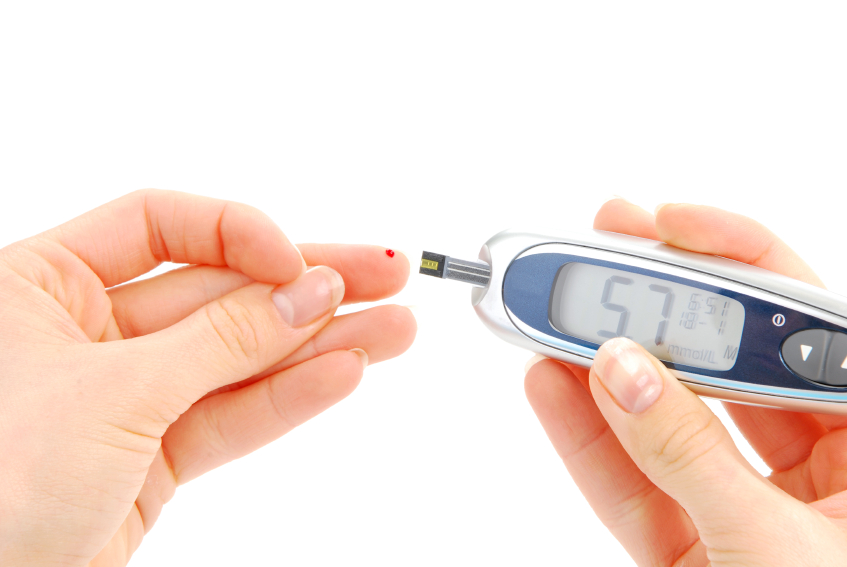Symptoms arising from hyperglycemia should be controlled, while minimising the risk of hypoglycemia. It is also important to reduce the risk of developing long-term cardiovascular and neurological complications through the use of appropriate lifestyle changes.
Blood Monitoring
There is some debate about the value of blood glucose monitoring in type 2 diabetics. Some evidence shows that patients who do regularly monitor their glucose levels achieve better health outcomes. However, some clinicians believe that type 2 diabetics can do little to change their therapy if they observe poor results and that monitoring should only occur when the patient feels unwell.
Patients should maintain a blood glucose concentration of 4-9mmol/litre before meals and less than 9mmol/litre after meals.
You can provide some general guidance on the frequency of blood glucose monitoring.
Patients taking insulin:
- Test two to four times daily (depending on insulin dosing)
- Include one test before breakfast and prior to other meals
- Test if the patients thinks their blood sugar is high or low
- Test before any journey and every two hours on long journeys
Patients taking tablet medication:
- Test at least three times weekly
- Vary test times, this can help show when there is a risk of hypoglycaemia
Patients taking other therapies:
- No routine testing required
- The patient should test once a day if they feel unwell, change treatment, takes steroids or believes that their blood glucose is abnormal
